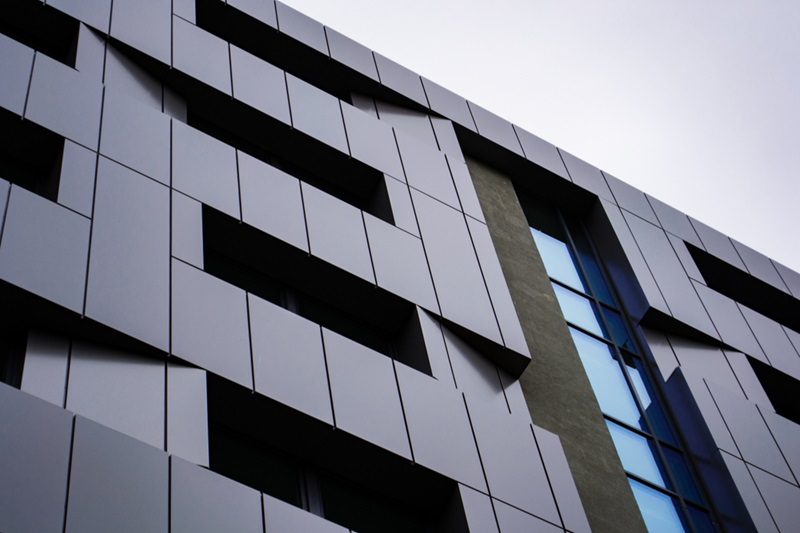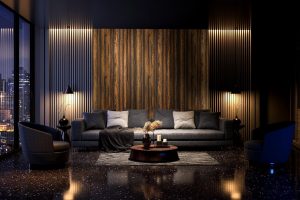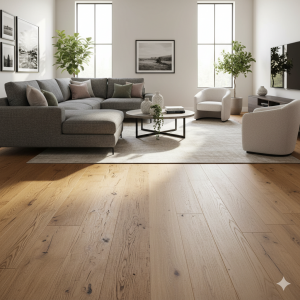5 Advanced Tips for Installing Aluminium Cladding

Aluminum learning has become one of the most popular alternatives in modern architecture, thanks to the smooth look, durability and requirements for little maintenance. Either used in residential or commercial buildings, aluminum provides a perfect combination of aluminum cladding and power. While the basic process of installing aluminum cladding learning can look straight, a deep -innocent, long -lasting finish requires a deep understanding of advanced techniques.
If you are a builder, architect or home resident who wants to take the most out of your aluminum cladding project, five advanced tips are provided here to ensure that your establishment is both functional and aesthetic.
Prioritise Accurate Subframe Preparation
The submission is the basis that your aluminum connection panels are installed on. At this stage, any misunderstanding, inequality or structural weakness will affect the final appearance and performance of cladding. Many installers ignore this step and encounter panel locations, just to search for adjustment problems.
Advanced Tip:
- Ensure precision alignment: Use laser levels and digital units of measurement to confirm submission, square, ticket and even throughout the front. Even a few millimetre errors can cause ugly intervals or uneven joints.
- Use corrosion-resistant framing materials: Aluminum is naturally resistant to rust, but if you use untreated steel rounds, galvanic corrosion can occur. Choose high school steel, treatment or aluminum under frame.
- Consider ventilation gaps: Leave a proper cavity behind ventilation and moisture management. It reduces the risk of condensation, mold growth and structural damage.
By preparing the under frame with accuracy, you make sure that the cladding panel originally installs and remains stable for years.
Use the Right Fastening Systems
The fastening is more than attaching panels from a wall – it determines the durability, thermal performance and general form of clothing. Aluminum coupling can be fixed by means of mechanical fasteners, adhesive binding or hybrid systems. Choosing the wrong attachment technology or materials can cause warning, loose or even fall under extreme weather.
Advanced Tip:
- Mechanical fastening: Use stainless steel nails or stainless steel to avoid galvanic rust. Make sure the fasteners are installed with a frequent vacancy to distribute the load equally.
- Hidden systems: To see a smooth, uninterrupted, consider hidden fastening system that holds a panel safe without visible screws or nails. These systems are popular for modern commercial buildings.
- Thermal movement allowance: Contracts and contracts with ups and downs in aluminum temperature. Always use fastening systems that allow less panel movement to avoid baking.
- Sealants and adhesives: If using glue bond, select the design climate designed for metal surfaces and add them with a mechanical anchor for extra safety.
A properly selected attachment system not only improves aesthetics but also improves structural integrity.
Account for Thermal and Environmental Factors
Aluminum cladding is very durable, but it still responds to the surroundings. A common fault in the installation is responsible for thermal expansion, wind load and moisture control. Over time, this inspection can cause war, fantastic panel or leaks.
Advanced Tip:
- Expansion joints: Always bring expansion joints between the panels, especially on the large front. It adjusts natural thermal movement due to damage.
- Weather sealing: Focus on sealing around the penetration as corners, edges and windows. Use weather -resistant membranes and high-quality gaskets to prevent water entry.
- Wind load testing: In high growth or coastal installations, make sure the cladding system for the local wind load is speed. Poor safe clothing can fail in extreme conditions.
- UV and coastal protection: While aluminum opposes corrosion, stiff UV exposure or salt sea air can reduce the life. Specify the powdered or anodized finish for further protection.
Factoring in these environmental ideas ensures that the aluminum clothing appeals to the structurally sound and visually challenging climate
Focus on Panel Layout and Aesthetic Detailing
One of the largest appeals for aluminum learning is the smooth, modern shape. However, a careful plan for panel layouts is to achieve the clean finish. Incorrect joints, inconsistent panel sizes or poorly prepared corner can destroy the visual effect of design.
Advanced Tip:
- Start with a detailed façade plan: Work with architects or designers to map panel joints, corner treatment and infection before cutting or installing any material.
- Symmetry and alignment: For a harmonious shape, adjust vertical and horizontal joints with window and door frames. Avoid weird half panels or uneven cuts.
- Corner detailing: Instead of leaving sharp exposed edges, use custom aluminum shoulder, folding return or Mitred joints for professional results.
- Custom fabrication: Don’t just trust standard panel sizes. Order customized panel is required to maintain visual balance when needed.
- Finishes and coatings: Choose from different types of finish matte, metallic, Tex charged or woodgrain – based on the intention of your design. Adding different designs can include depth and sophistication.
The basic cladding is the architectural statement.
Technology must adopt techniques and professional installations
Aluminum cladding is versatile, but its installation requires skill and accuracy. The result of an untrained DIY job may be very expensive with possibilities such as misaligned panels, water intrusions, and safety hazards. Employing high tech equipment and a professional practice leads to a high-end result.
Advanced Tip:
- Digital modelling and BIM integration: Many professionals now use Building Information Modelling (BIM) to plan a 3D cladding system. This helps to predict the adjustment problems and improve the accuracy before the installation begins.
- On-site cutting and handling: Always use the right cutting tools (such as circular saw with carbide blades) and edge protection dimensions. Incorrect handling can scratch or off panels.
- Safety compliance: Follow local construction code and fire safety requirements. Some fields Mandatory non-combustible aluminum’ s total materials (ACM) for high-growth buildings.
- Professional installers: Ensure appropriate installation of experienced clothing experts ensures proper installation, reduces physical waste and generally improved.
- Post-installation inspection: When the clothing is performed completely. Check to eliminate the quality before adjusting, safe attachment, proper sealing and closing.
Investment in skilled professionals and advanced installation technology pays off with innocent, sustainable results.
Conclusion
Aluminum cladding is a powerful design and construction material that blends strength, style and stability. However, the difference between an average status and an extraordinary installation lies in the details. By following these five advanced tips – preparation, choosing the right attachment systems, explaining environmental factors, focusing on setup and detailing and taking advantage of professional practice – you can get a clothing installation that is on the test of time.
Whether you are building a smooth modern house or a massive commercial project, advanced plan and execution ensure that your aluminum clothing not only improves the presence of the building but also distributes long -lasting performances and values.




